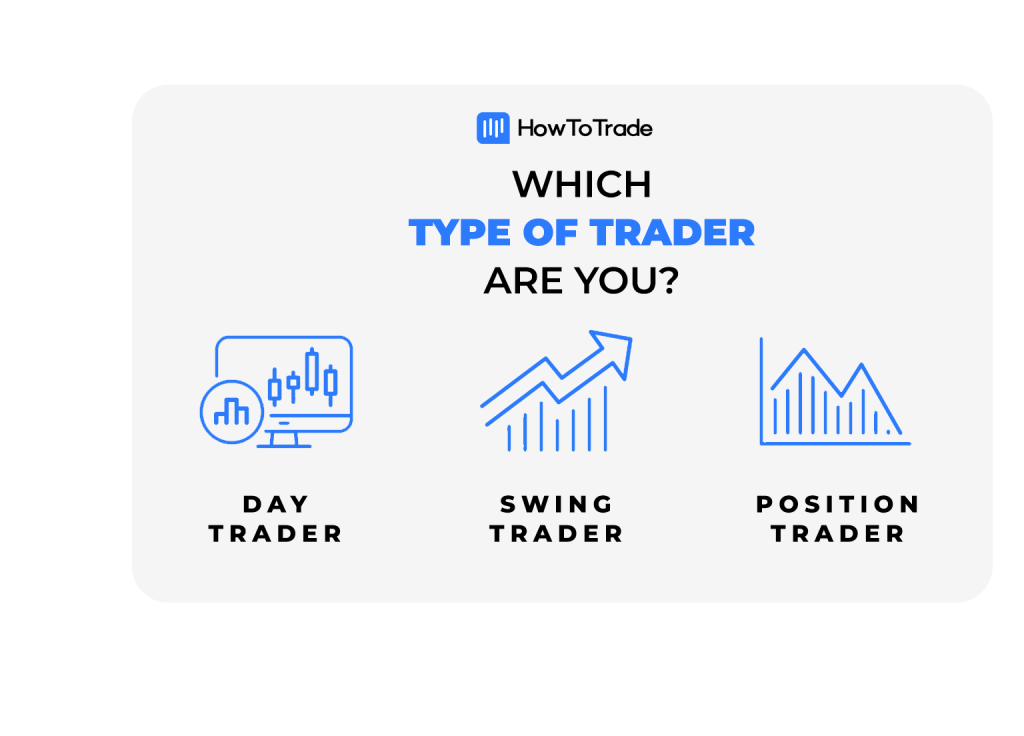Types of Stock Trading Styles
Every investor is unique. No two traders have the same trading style and do the exact same things. After all, even identical twins will have different fingerprints.
Some may be calm, “type A” personality traders, while others may be more aggressive, “type B” personality traders. Some may like buying and selling securities in the stock market based on short-term movements and taking small wins all the time, while others don’t mind losing a bit to make huge profits in the long run.
The difference between these different types of traders is their stock market trading style. And you, as a trader, must develop your trading style. So, in this lesson, we will introduce the different stock trading styles and help you understand each one of them.
First, What is a Trading Style?
A trading style is a set of preferences that determine how often one will place a trade and how long they will keep them open. It is generally based on the trader’s account size, the time they can dedicate to trading, personality, and risk tolerance.
Choosing a trading style can be a long process, requiring time and understanding of your personality. Even if you are sure you prefer taking risks in your trading, you might discover at some point that you prefer minimizing your risk exposure and taking small wins. Many traders use a demo trading account to build a trading style and trading systems, or they invest a small sum of money for some time just to find out which trading system suits them best. This is also the process when you apply for a funded trading account – you’ll have to spend some time developing a trading style, and establishing a trading plan, and only then are you expected to generate consistent profits.
Also, it largely depends on the way you analyze different instruments in financial markets. Scalp and day traders usually use technical analysis as their main technique to analyze assets, and are often known as active traders or technical traders that use intraday trading techniques. On the other hand, swing traders and position traders tend to analyze assets using fundamental analysis, attempting to find the intrinsic value of a stock. These types of traders are often known as trend traders or fundamental traders.
Types of Stock Trading Style
Now, even though your trading style will be unique to you and the goals you set in your trading plan, there are four popular styles a trader can choose from. These are scalping, day trading, swing trading, and position trading.

Each type of stock trading style needs a different approach and risk management. Furthermore, even though you might decide that your primary trading style is scalping, it does not necessarily mean you cannot take a long-term position.
Some traders choose to combine the different types of trading styles, making profits from short-term and long-term trading strategies. Some people even decide to use automated trading systems, high-frequency trading algorithms, or arbitrage trading to find very small price movements. Anything goes as long as you find the one trading strategy that helps you make consistent profits.
In the next couple of lessons, we will explore all of these in more detail and help you determine what trading style fits you and your circumstances best. And by the time we are done at this level, you will know exactly what type of trader YOU are.
See you in the next lesson.

